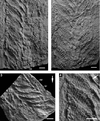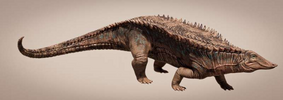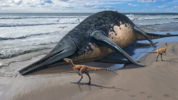- Oct 1, 2014
- 5,509
- 11,628
- AFL Club
- Hawthorn
- Thread starter
- #101
Not Australian but very interesting. A magnificent 520 million y.o. fossil of Kylinxia zhangia. A three-eyed arthropod that may fill a gap in animal evolution and even comes with a Simpsons reference. This is the early Cambrian period, about 20 million years after the End-Ediacaran extinction when we finally got rid of all those silly frondy things and start to see mobile, complex and mature body plans, in many cases similar to animals today. - or perhaps animals as god meant them!

Ancient three-eye insect relative fills animal evolution gap
A 520-million-year-old fossil of a relative of insects with three eyes fills a gap in our understanding of how arthropods evolved.
Last edited:




















